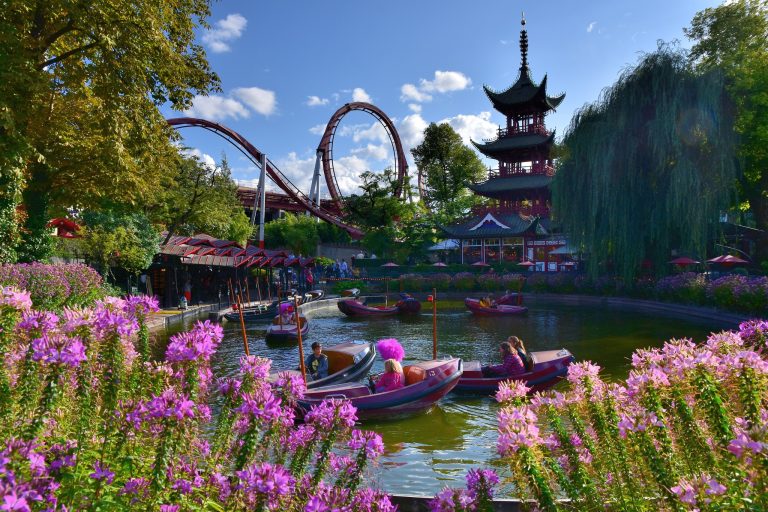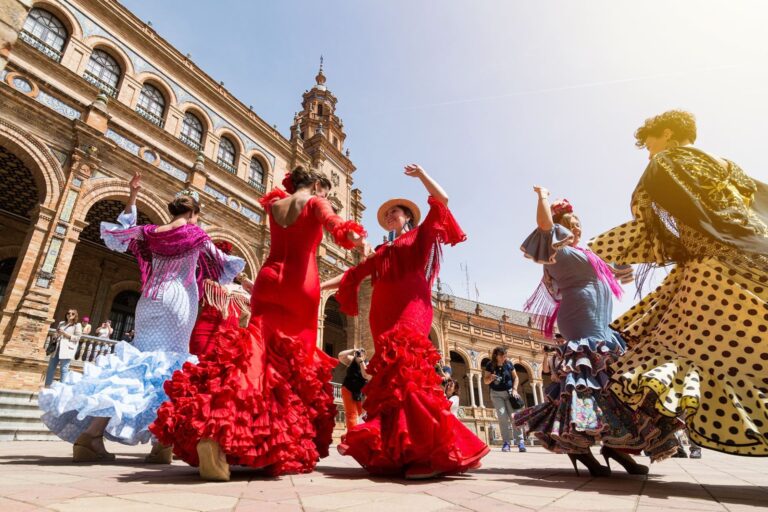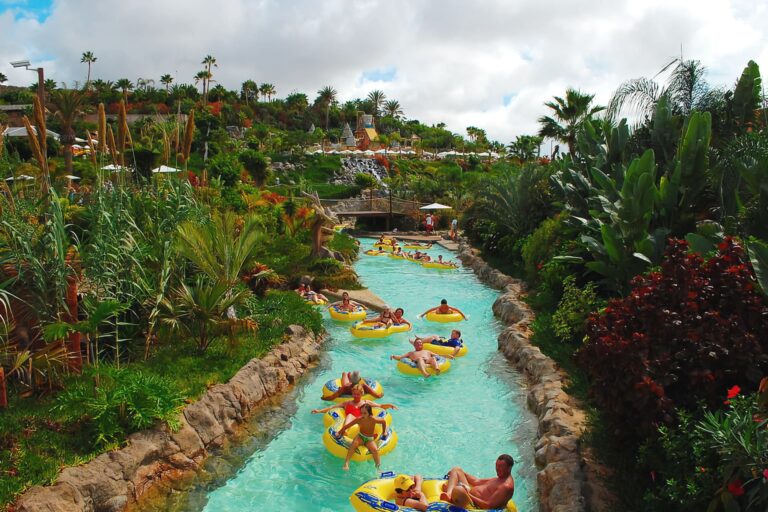The Mediterranean Sea: A Traveler's Guide
The Mediterranean Sea, a mesmerizing body of water that has captured the hearts and minds of travelers for centuries, is incredibly unique. This stunning sea, nestled between Europe, Africa, and Asia, offers a rich tapestry of cultures, cuisines, and landscapes that are as diverse as they are beautiful. This guide will take you on a journey around the Mediterranean, revealing its secrets and offering tips for the curious traveler.
Geographical Position and Natural Features
The Mediterranean Sea, a vast expanse of water covering approximately 2.5 million square kilometers, is surrounded by 21 countries, each with its own unique charm and character. The sea is dotted with numerous islands, the largest of which include Sicily, Sardinia, and Cyprus. The coastline, stretching over 46,000 kilometers, is a mix of sandy beaches, rocky cliffs, and bustling port cities. The sea's geographical position has a significant impact on the region's climate, making it a desirable destination for travelers.
Impact on Climate
The Mediterranean Sea plays a crucial role in shaping the climate of the surrounding regions. It provides a moderate, Mediterranean climate characterized by hot, dry summers and mild, wet winters. However, the sea and its coastal areas are not immune to the consequences of climate change. Rising sea levels, increasing temperatures, and changing precipitation patterns pose significant threats to the region's biodiversity and the livelihoods of those who depend on the sea.
History and Politics
The Mediterranean Sea has been a cradle of civilizations. From the ancient Greeks and Romans to the Phoenicians and Egyptians, many influential cultures have thrived along its shores. Today, the sea continues to play a significant role in the political landscape of the region. Diplomatic relations among the countries bordering the sea are complex and often influenced by historical disputes, economic interests, and issues related to migration and security.

Roman Colosseum
Countries of the regions
Quick overview of the countries surrounding the Mediterranean Sea, their capital cities, and a notable tourist attraction in each:
| Country | Capital | Notable Tourist Attraction |
|---|---|---|
| Spain | Madrid | The Alhambra |
| France | Paris | The French Riviera |
| Monaco | Monaco | Monte Carlo Casino |
| Italy | Rome | The Colosseum |
| Malta | Valletta | The City of Valletta |
| Slovenia | Ljubljana | Lake Bled |
| Croatia | Zagreb | Dubrovnik Old Town |
| Bosnia and Herzegovina | Sarajevo | Stari Most |
| Montenegro | Podgorica | Bay of Kotor |
| Albania | Tirana | Butrint National Park |
| Greece | Athens | The Acropolis |
| Turkey | Ankara | Hagia Sophia |
| Cyprus | Nicosia | Paphos Archaeological Park |
| Syria | Damascus | The Umayyad Mosque |
| Lebanon | Beirut | The Roman Ruins of Baalbek |
| Israel | Jerusalem | The Western Wall |
| Palestine | East Jerusalem | The Dome of the Rock |
| Egypt | Cairo | The Pyramids of Giza |
| Libya | Tripoli | The Arch of Marcus Aurelius |
| Tunisia | Tunis | The Amphitheatre of El Jem |
| Algeria | Algiers | The Casbah of Algiers |
| Morocco | Rabat | The Medina of Marrakesh |
This table provides a snapshot of the diversity and richness of the Mediterranean region, and can serve as a starting point for planning your travels.
Tourism and Travel
The Mediterranean Sea is a global tourism hotspot. Its sun-soaked beaches, ancient historical sites, and vibrant cities attract millions of visitors each year. Whether you're exploring the ancient ruins of Greece, sunbathing on Spain's Costa del Sol, or sampling Italy's finest cuisine, there's something for every traveler. Traveling around the Mediterranean can be done in various ways, including cruises and yachting, offering unique perspectives of this diverse region.
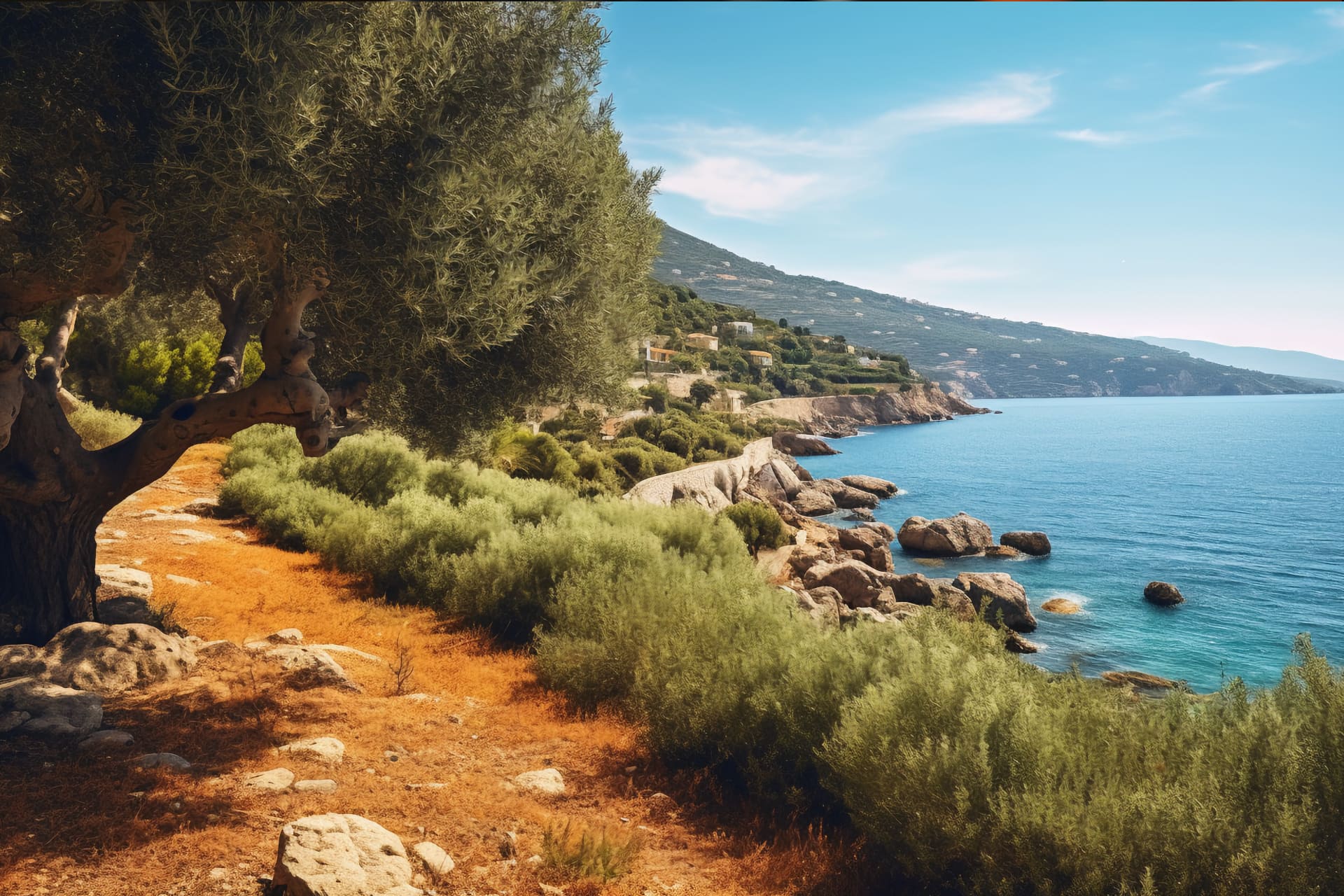
Mediterranean landscape
Culinary Heritage
The Mediterranean region is renowned for its culinary heritage. The Mediterranean diet, characterized by the use of olive oil, fresh fruits and vegetables, seafood, and a moderate amount of wine, is considered one of the healthiest in the world. Each country around the sea offers local products and dishes worth trying, from the tapas of Spain to the mezze of Lebanon.

Italian pasta
Heritage and Culture
The cultural heritage of the Mediterranean is as diverse as its geography. Each country has unique traditions and holidays that reflect their history and values. From the flamenco dancers of Spain to the traditional music of Greece, the region is a melting pot of cultures that is sure to captivate any traveler.
Active Leisure and Sports
For those seeking active leisure, the Mediterranean Sea offers a plethora of options. Diving, yachting, and surfing are popular activities, and the region hosts various sporting events and competitions. Whether you're an adrenaline junkie or prefer a leisurely stroll along the beach, there's something for everyone.
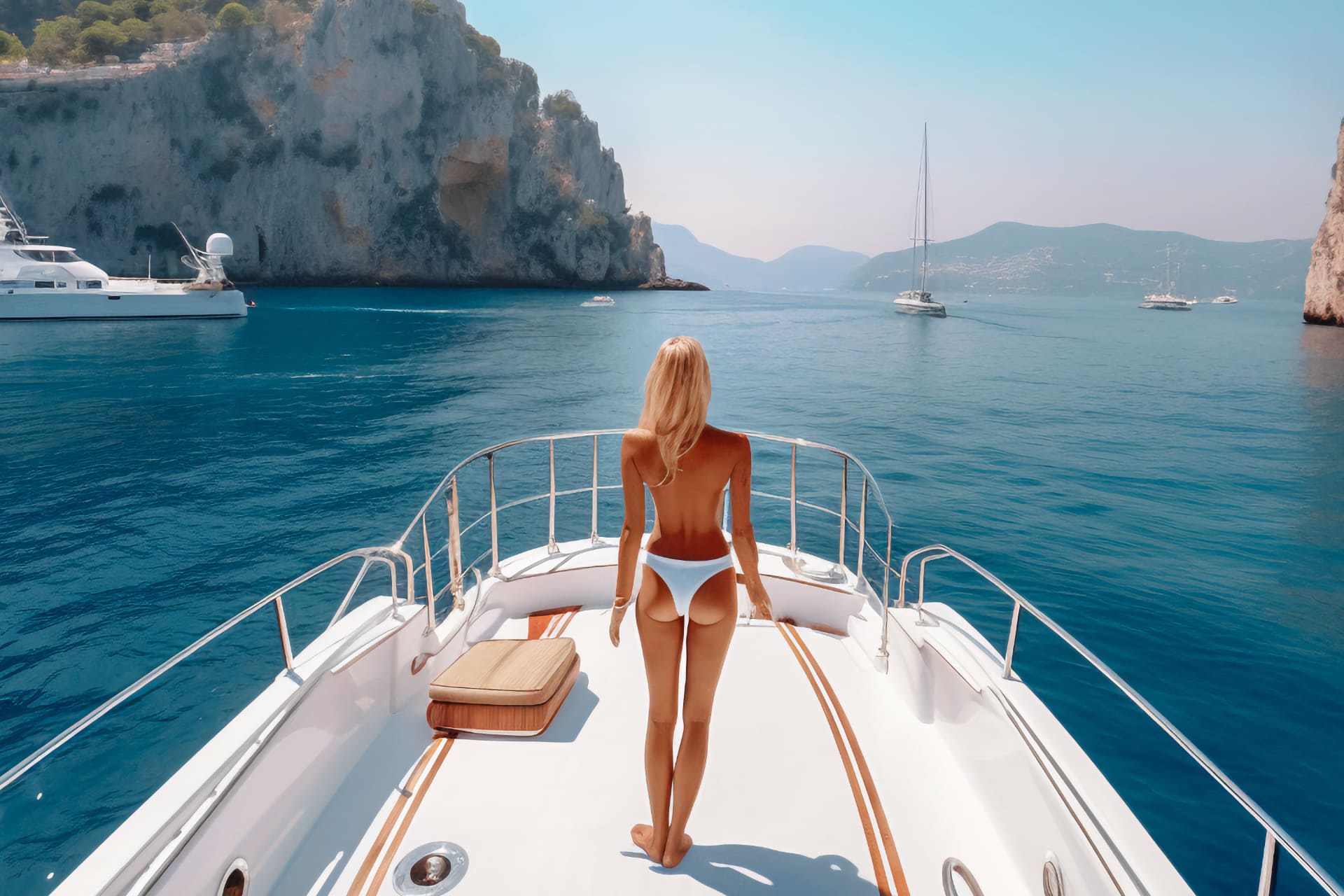
Local Secrets
While the Mediterranean is home to many well-known tourist destinations, it also has its share of hidden gems. These special, less-known places offer a unique experience away from the usual tourist trails. Tips from local residents can often lead to the discovery of these hidden treasures.
Underwater World
The Mediterranean Sea is home to a rich underwater biodiversity, with over 17,000 recorded species. Its warm, clear waters make it a popular destination for divers. From the vibrant coral reefs of the Red Sea to the underwater caves of the Adriatic, there's a whole world waiting to be explored beneath the surface.
Thoughtful Travel
When planning a trip to the Mediterranean, it's important to be mindful of the local culture and environment. Respect for local customs and traditions, as well as sustainable tourism practices, are essential for preserving the unique charm and beauty of the region. This includes understanding local etiquette, reducing waste, and supporting local businesses.
Environmental Protection and Threats
Despite its beauty, the Mediterranean Sea faces numerous environmental challenges. Pollution, overfishing, and climate change are major threats to the sea's biodiversity. However, there are international and regional initiatives in place to protect and conserve the environment. These include marine protected areas, sustainable fishing practices, and efforts to reduce pollution.
Conclusion
The Mediterranean Sea, with its stunning landscapes, rich history, and diverse cultures, continues to be a source of fascination and inspiration. Its influence on various aspects of life, from climate to cuisine, is profound. However, the sea and its surrounding regions face significant challenges due to environmental threats and climate change. It's crucial that we strive for conservation and sustainable use of this unique region, ensuring that future generations can also experience the magic of the Mediterranean.
Frequently Asked Questions
What is the best time to visit the Mediterranean Sea?
The best time to visit the Mediterranean is typically from late spring (April-May) to early fall (September-October) when the weather is warm but not too hot, and the tourist crowds are smaller.
Which countries border the Mediterranean Sea?
There are 21 countries that border the Mediterranean Sea, including Spain, France, Italy, Greece, Turkey, Cyprus, Syria, Lebanon, Israel, Egypt, Libya, Tunisia, Algeria, and Morocco, among others.
What are some must-visit places in the Mediterranean region?
The Mediterranean is full of incredible destinations. Some must-visit places include the Greek Islands, the Amalfi Coast in Italy, the French Riviera, Barcelona in Spain, the historical city of Dubrovnik in Croatia, and the ancient ruins in Athens, Greece, and Rome, Italy.
What is the Mediterranean diet?
The Mediterranean diet is a way of eating that's based on the traditional cuisines of countries bordering the Mediterranean Sea. It's high in vegetables, fruits, whole grains, beans, nuts and seeds, and olive oil.
What are some popular activities in the Mediterranean?
Popular activities include swimming, sunbathing, sailing, diving, exploring historical sites, tasting local cuisines, and hiking in the coastal and mountainous regions.
What are the main environmental threats to the Mediterranean Sea?
The main environmental threats include pollution (especially plastic waste), overfishing, and climate change, which is causing sea levels to rise and temperatures to increase.
How can I travel responsibly in the Mediterranean region?
Responsible travel involves respecting local cultures, protecting the environment, supporting local economies, and being a mindful visitor. This includes things like not littering, reducing water usage, respecting local customs and traditions, and choosing local and sustainable products and services.

